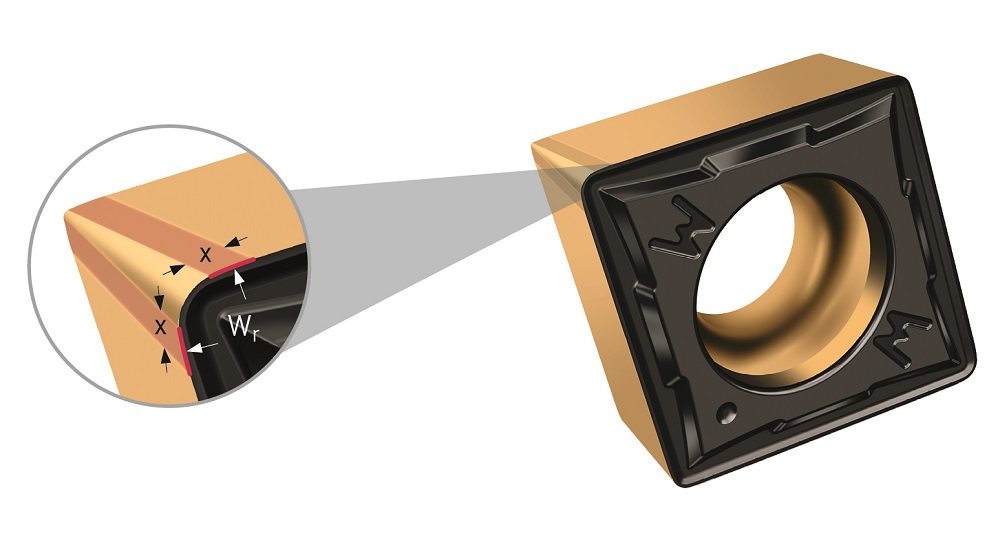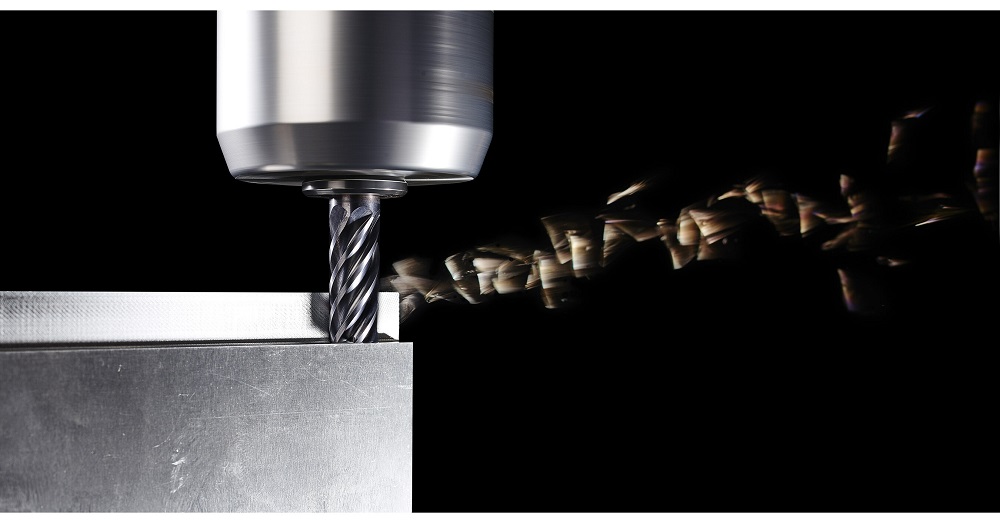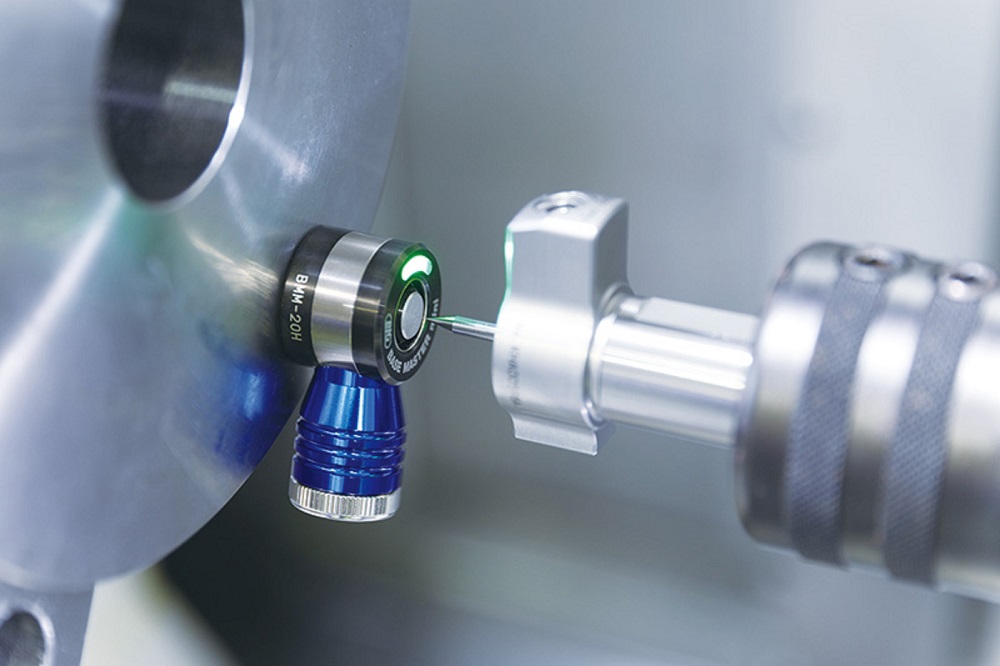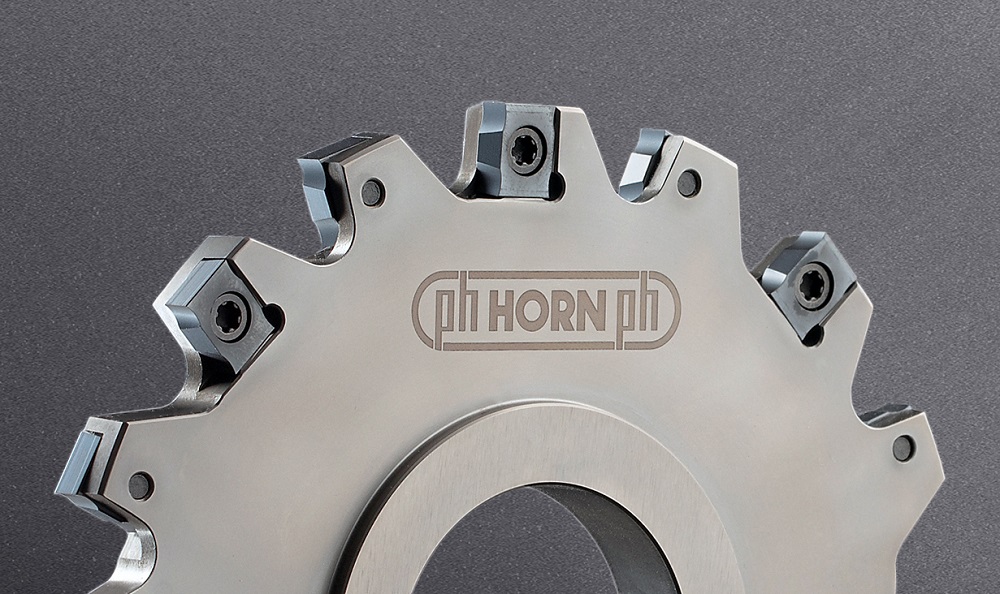With the FW4 and MW4 wiper geometries, Walter is introducing two turning indexable insert geometries. The new FW4 and MW4 combine the ‘wiper effect’ with new chip-breaker geometries and wear-resistant Walter Tiger•tec Gold grades. Walter’s curved wiper edge sweeps over the machined surface again, making it possible to either double the feed rate and increase productivity by 100%, or significantly improve the surface quality while maintaining the same feed rate.
With these new geometries, Walter is now transferring this effect from the existing FW5 and MW5 double-sided cutting inserts to indexable inserts with a positive basic shape. The result is the FW4 geometry with a narrow chip breaker for finishing operations and the MW4 geometry with an open chip-breaker groove and longer wiper cutting edge radius for medium machining.
Both geometries are for universal application in ISO materials P, M and K, as well as for secondary applications in ISO S materials. The FW4 and MW4 geometries make it possible to achieve improved surface quality, productivity and process reliability thanks to the wiper edge with its curved design. This curved wiper design also helps when the machine is not aligned 100%, for example after a crash or with slightly offset turrets.
As a further advantage, the new chip breakers increase the chip-breaking range with higher feed rates, resulting in less machine downtime caused by ‘birds nesting’. Higher feed rates reduce machining times and therefore contact times, increasing tool life and reducing the number of tool changes. The combination of double the productivity and/or surface quality is particularly appealing for series manufacturers.
For further information www.walter-tools.com


















